Subscription-based companies face a problem.
They willingly lower prices to get people in the door.
Each monthly charge is only a tiny fraction of their costs.
That means it could take months for them to breakeven on each customer.
Unfortunately, most people that sign up don’t stick around that long.
People who sign up for a new desktop app or install a new mobile one often leave just as fast as they sign-up.
If apps can’t keep people around, they’ll slip into negative cash flow. They pay out more than they bring in on a per-user basis.
So it almost doesn’t matter how their Series A was or how much of their angel round is still in the bank.
Because they’re going to blow through it pretty quickly.
There are a few ways to fix this.
But one of my favorite over the years is remarketing.
It scales better than most online marketing tactics.
You can create the audiences and campaigns once. And then they’ll automatically run based on actions people do, or don’t, take with your app.
Thankfully, Google has recently introduced a few new features to make this tactic even more powerful.
I’m going to show you how to use those to increase retention and lower churn once and for all.
But first, you need to understand why remarketing or retargeting is a powerful churn antidote.
Why remarketing ads to boost app retention?
An old study came out years ago that shed light on the problems most apps face.
One of the most surprising findings was that up to 70% of free trial signups are “accidental.” Meaning, they never actually consider becoming a lead or customer.
In other words, most apps are already behind right out of the gate.
Despite this example’s age, you know the behavior to be true.
Think about the last time you signed up for a free trial.
If you were interested in a new task management app, for example, you probably signed up for a few different ones.
And then you maybe chose one.
The depressing part for product people is that these numbers continue to fall of a cliff after each day.
Apps only have a 21% retention rate on the very first day. It falls to only 1.89% by the end of three months.
Think about that for a second.
You probably have to hang on to a customer for at least 90 days to break even. Except, only about 1-2% of the people signing up will stick around.
There are similar stats across the board. It doesn’t matter where you look.
Localytics found that mobile app retention is a little closer to 20% after 90 days.
Again, still not good. Retaining 20% of your customers is no way to build a thriving, profitable business.
But you know what?
This shouldn’t be a surprise.
This is similar to other companies when you think about it.
Ecommerce companies routinely see 2% conversion rates. Meaning, the vast majority of site visitors they get will leave without purchasing a single thing.
Ecommerce companies are also similar because they need to sell a TON of products to become profitable.
Average one-off sales around ~$15 bucks isn’t going to cut it.
They either need to drastically increase that average order value. Or, they need to keep people around for the long haul so they continue buying.
All of that means they need to use scalable marketing tactics. They can’t pick up the phone and call each person.
Which brings us back to remarketing and retargeting.
I’ll come right out and say it:
Most ads suck today.
There’s a reason why nobody pays attention ads anymore.
Just look at the number of people now using ad blocking technology. The numbers have literally exploded in the past few years.
That’s over 300 million people, up from 54 million only three years ago!
Why are people blocking ads in record numbers? Because most of them are completely irrelevant.
People hate ads because they offer nothing. And they’re completely overwhelmed by the sheer number of ads coming at them on a daily basis.
Remarketing and retargeting ads are the exception to the rule, though.
It’s typical to see the conversion rate for a marketing campaign fall over time.
People get used to seeing your ad on Facebook, for instance, so they start ignoring it.
And over time, those numbers keep getting worse and worse.
However, the conversion rates for remarketing ones actually improve.
A lot of it comes down to the ‘rule of seven.’ People need to interact with your brand several times before they’re ready to purchase.
Remarketing can do that at scale. You set it up once, then just tweak the results.
You can literally set-and-forget campaigns.
So reaching 100 users doesn’t require any extra work than reaching 100,000. Except, of course, a bigger ad budget.
First, let’s discuss a quick primer on AdWords retargeting options. Then, we’ll get into the new fun stuff you can do with them.
How AdWords Remarketing works
Retargeting ads are pretty simple on the surface.
Each new visitor that comes to your site or downloads your app gets tracked.
That tracking pixel allows you to then serve them ads.
The best part is that today’s pixels give you all kinds of control over what you send them.
So you can serve new ads based on actions or inactions within your app.
Most of the time, these retargeting ads will be display-based.
That means they’re banner ads shown across Google’s Display network that reaches over two million websites and apps.
Google’s remarketing lists for search ads (RLSA) audiences can personalize text-based search ads, too. We’ll dive into these in the next section.
The first step to setting up retargeting campaigns is to create different audiences.
These audience lists are dynamic. Meaning, people will join or leave depending on the criteria you set up.
Then, you’ll can tailor ad campaigns or different creative based on the specific audience you’re targeting.
Login to AdWords and navigate over to the settings. Inside, you’ll see “Shared Library.” And under that, you’ll see the “Audience manager.”
Here is where you can create or edit all the different dynamic audience lists you’ll use.
After you get up and running, you’ll probably want to have a bunch of different audience lists.
The best approach is think about your sales funnel.
Ad campaigns should target each stage.
That way, people at the top see one offer. While people in the middle or bottom see a completely different one.
Apps need to actually go even further. Because as we’ve seen, free trial signups or app installs doesn’t count for much.
So you’ll want to create more for people who’ve started a free trial but not converted. Or, people who’ve installed the app but haven’t visited within a certain number of days.
Inside the Audience manager, look for “Remarketing” and then “Audience lists.”
Right off the bat, the second option down is “App users.” Let’s look at a few ways to set these up.
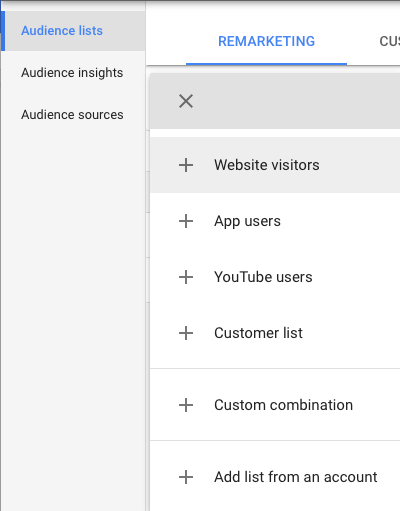
The “List Members” option is how you control the audience criteria. These settings dictate whether someone gets added here or not.
Profitable retargeting campaigns comes down to good segmentation.
The tighter the segmentation, typically the higher the conversion rate.
So you wouldn’t want to choose “All users of an app” for your first retargeting list.
Why? Because it’s too generic!
You wouldn’t be able to create personalized, relevant ads for each person on that list.
Instead, you’ll want to dig deeper into the other options on the “List members” selection.
For example, start with “Took specific actions within an app.”
Personally, I would tie these into your specific onboarding milestones.
Did someone upload their first image, yes or no? Did they send their first email campaign, yes or no?
Lincoln Murphy calls these ‘success milestones.’
They’re essentially micro-conversions that lead people from one tiny commitment to the next.
If someone progresses through all of these steps within a certain number of days, your chances of retaining them shoots up dramatically.
Which brings us to the second app option.
You can also create a retargeting list based on user recency.
In other words, has this person visited your app within the past X number of days?
Treat these like you would a drip email sequence.
It’s almost like an autoresponder.
If people visit more often, you can send them upsell notifications faster.
But if people don’t visit, you can send them re-engagement campaigns about interesting features to get them back into your app.
You can also set up retargeting audiences inside Google Analytics if you want to use website behavior. Head over to the admin panel and look for “Audience Definitions”:
Underneath, you’ll be able to create new audiences from site interactions, like pages visited.
Here, you can create new segments of people who visit your Pricing page, for example, but don’t convert.
Pretty cool, right?
All of these audiences can be created around the most common objections.
That way, you can test different ad creatives to overcome pricing questions vs. feature ones.
The sky really is the limit.
But there are a few new features that can put your ads on a whole new level.
New option #1: RLSA audiences and IF functions
Google’s search network ads are among the best converting channels, period.
Nothing else comes close.
A big reason is because you can target ads based on intent.
You can use the mirror the exact words someone typed in.
Google’s RLSA audiences can help you retarget search network ads.
That way, you can cue off recent interactions they’ve had with your brand.
Why is this so powerful?
People routinely buy from brands they recognize.
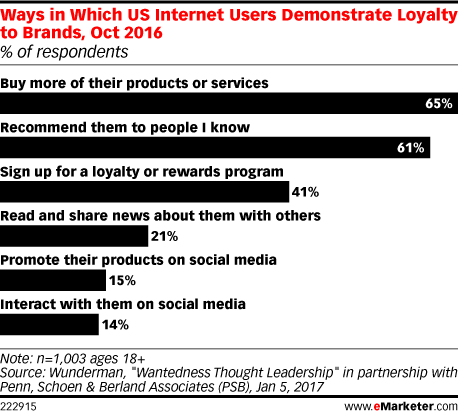
RSLA audiences pack two punches:
- People will recognize your brand name vs. the competitive ads they see, and
- You can also match someone’s intent based on the words they’re searching
So RLSA audiences are like gold for people who’ve signed up, installed, and then neglected to do anything else.
But it gets even better.
Last year, Google released https://blog.kissmetrics.com/adwords-retargeting/
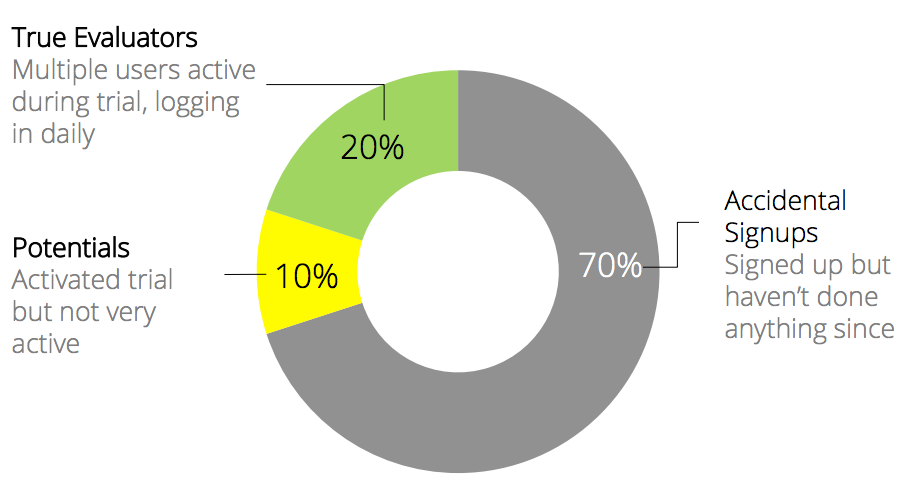



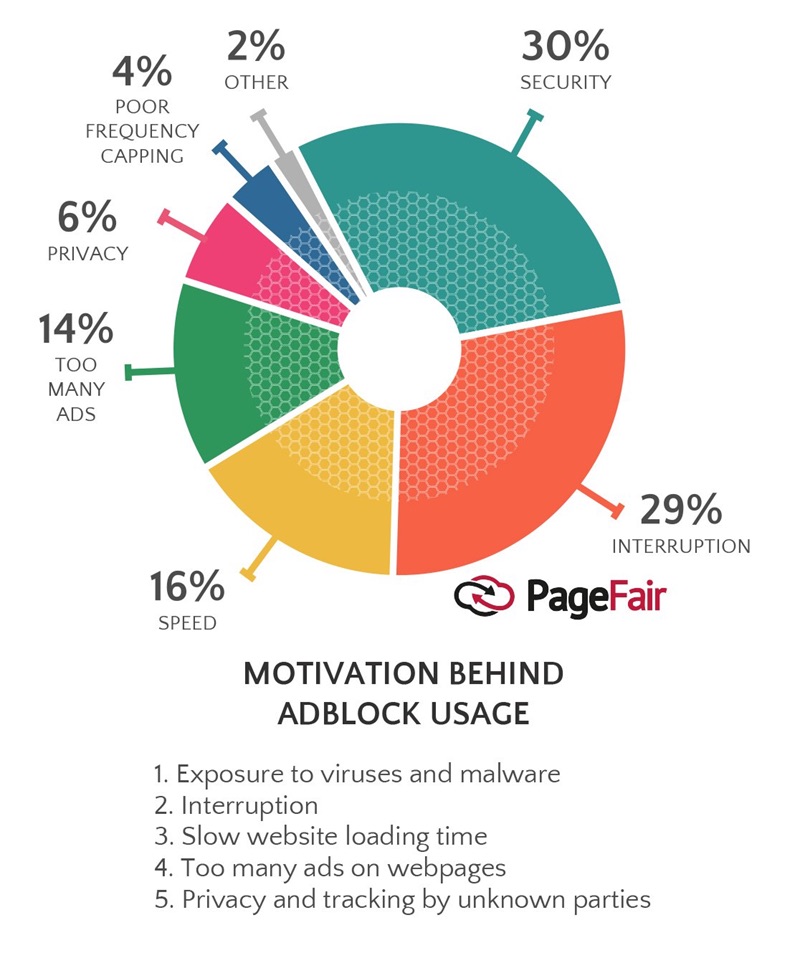
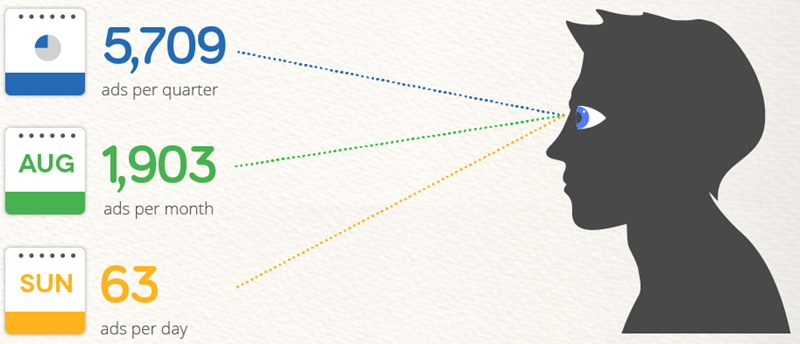
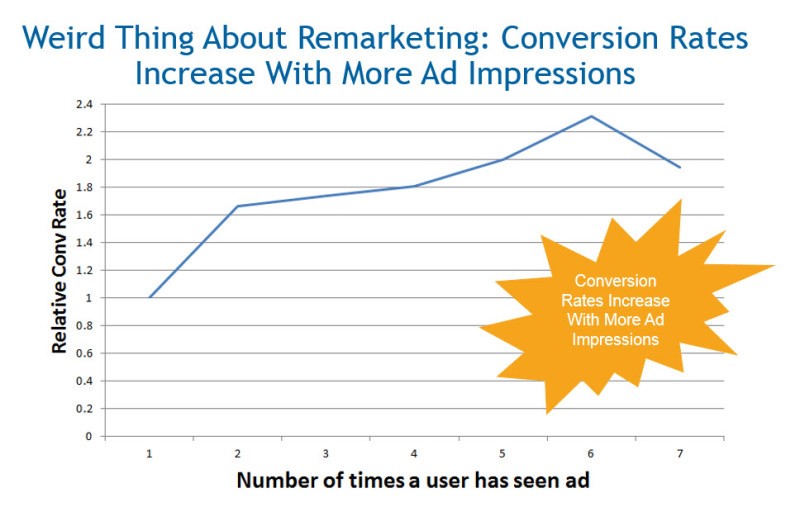

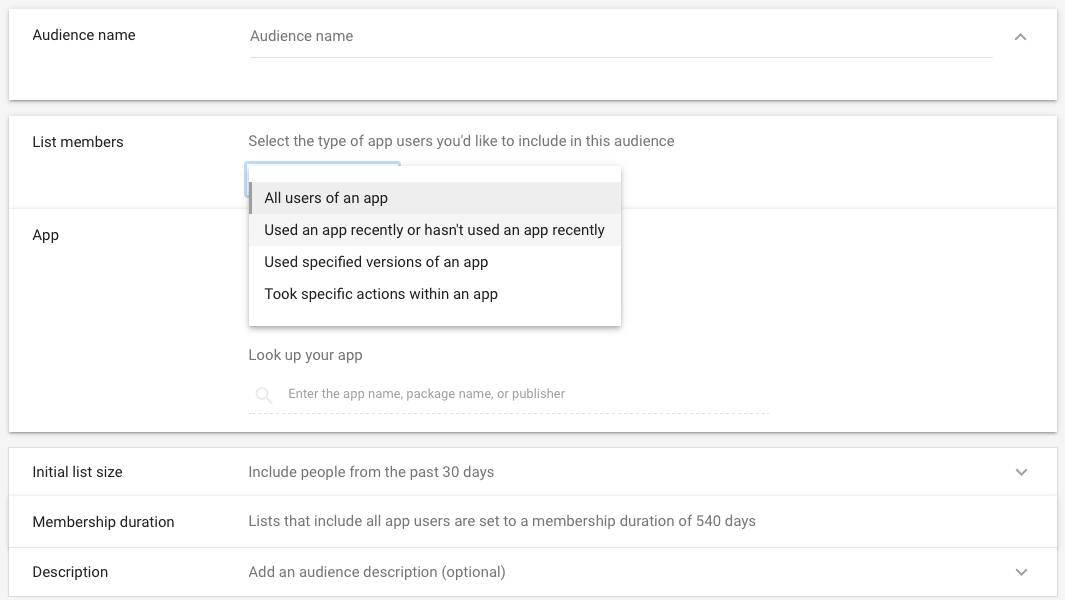
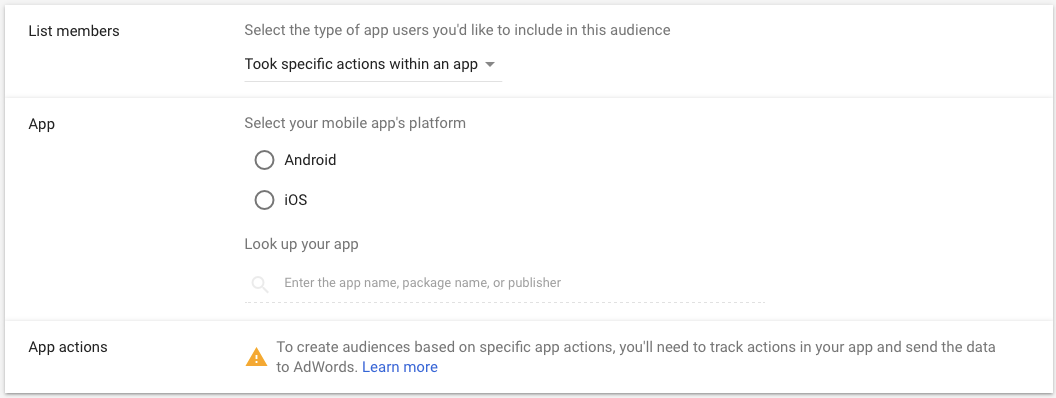
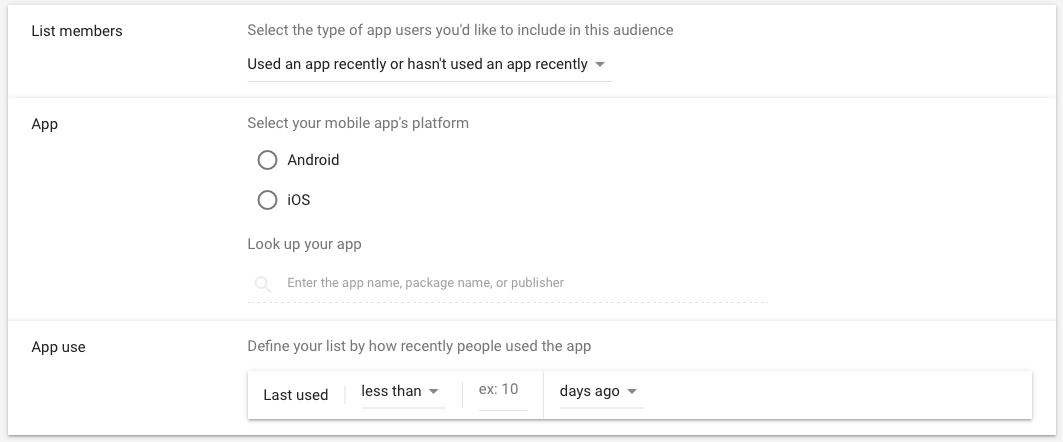


No comments:
Post a Comment